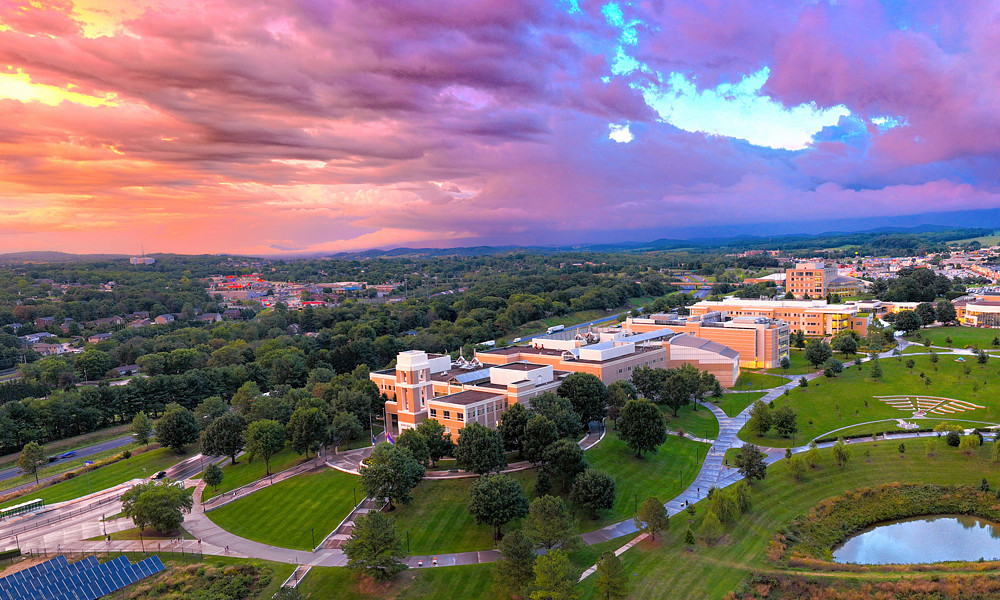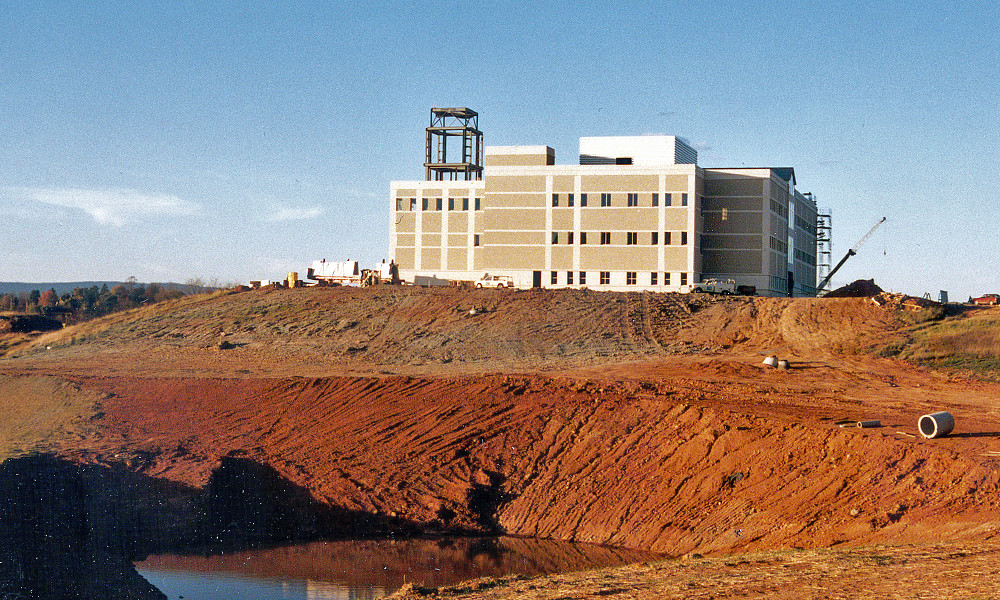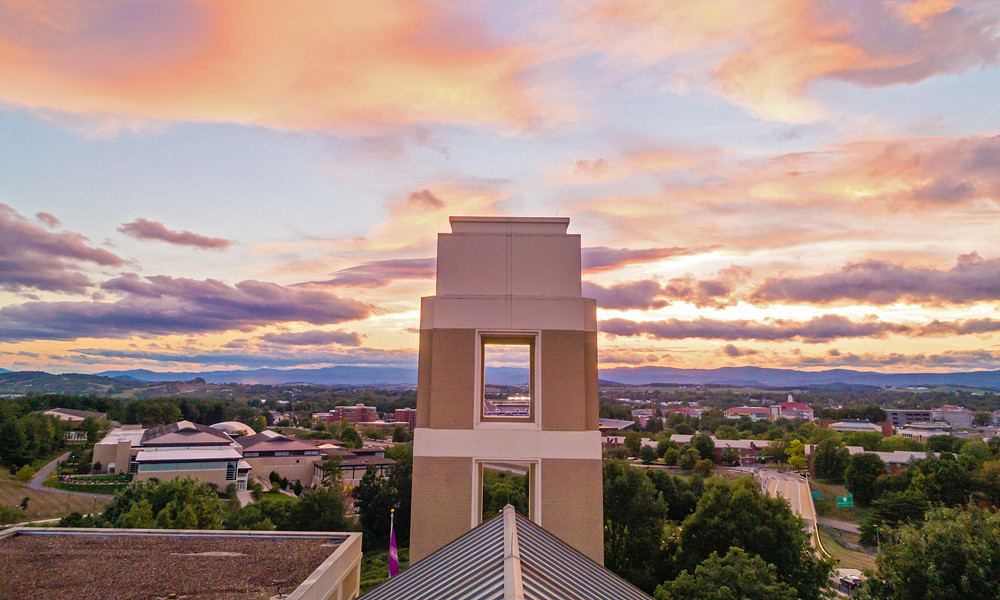ISAT celebrates 30 years of innovation and impact
Featured Stories
SUMMARY: Integrated Science and Technology's broad-based curriculum fosters critical thinking, problem-solving, leadership and collaboration. Students tailor their course of study to align with their unique interests.
For three decades, JMU’s Integrated Science and Technology program has been a beacon of innovation and excellence.
Formed in 1993 and spearheaded by faculty with business and industry experience, the ISAT program aimed to bridge the gap between academia and the real world, transcending traditional disciplinary boundaries. “Virginia began pressing schools to develop new, innovative programs for the increasing number of students entering higher education,” explained Bob Kolvoord, dean of the College of Integrated Science and Engineering and an early ISAT faculty member.
|
“ISAT’s hands-on and collaborative approach to learning, coupled with the capstone project, has been integral to the program’s success from the outset.” — Bob Kolvoord, dean of CISE and early ISAT faculty member |
Jeff Tang, associate dean of CISE and ISAT professor, says the program’s vision was to produce well-rounded graduates adept at tackling real-world challenges in science and technology. Under the leadership of then-President Ronald E. Carrier, ISAT flourished, leveraging the expertise of professionals from industry and government to enrich student learning experiences. “The ISAT program and the development of East Campus were endeavors close to Dr. Carrier’s heart,” Tang said.
ISAT’s curriculum diverged from the conventional specialist approach, emphasizing a broad-based education fostering critical thinking, problem-solving, leadership and collaboration. This empowered students to tailor their course of study to align with their unique interests and offered more flexibility than traditional programs. “ISAT’s hands-on and collaborative approach to learning, coupled with the capstone project, has been integral to the program’s success from the outset,” Kolvoord said.

Jeremy Bost (’97) recalls his senior thesis on digital mapping, a collaborative project with the National Park Service, as showcasing ISAT’s innovative solutions to real-world challenges. Combining business with science was a game-changer for Bost. “It was a technical solution for a communications and awareness problem,” he said. Bost’s career has centered on problem-solving, learning and training. He works at Virginia Commonwealth University, where he uses his knowledge, management skills, and experiences to create a positive and effective workplace.
Chris Butters (’17) appreciates the invaluable experience gained through his capstone project on integrating unmanned aircraft systems into emergency management. His experience in ISAT prepared him for his role as a response officer for the U.S. Coast Guard. Kolvoord says internships are not just encouraged in ISAT — they’re essential, offering students invaluable industry exposure and experiential learning.
Alicia Collins (’97), vice president of Supply Chain and External Manufacturing at Tune Therapeutics, credits her undergraduate internship at Merck for laying the foundation for her successful career in biotechnology and pharmaceuticals. “ISAT is unique because of these opportunities,” she said. Research is the cornerstone of the ISAT experience. Students and faculty work closely, often collaborating with industry or government partners. “In ISAT, undergraduate research is a right, not a privilege,” said Stephanie Stockwell, co-director of the School of Integrated Sciences. “We believe that impactful and long-lasting educational experiences go beyond classroom learning.”
Kelly Davidhizar (’06) recounts her collaboration with an ISAT professor to develop a plague vaccine for the Army Medical Research Institute of Infectious Diseases. “It was really cool to have a real-world project that mattered,” said Davidhizar, who now serves with the Defense Intelligence Agency in Germany.
Matt Keller (’97) praises ISAT’s interdisciplinary approach for fostering his entrepreneurial spirit. “ISAT trains you to do a little bit of everything, and that’s the perfect entrepreneurial person,” he said. Keller worked at Corsec Security, a small startup focusing on government security consulting, and took on various roles, including marketing, sales, consulting and liaising. He currently works at Nutanix, a cloud and virtualization company, leading teams working toward meeting government requirements.

Reflecting on their ISAT experience, Bost and Keller fondly remember the camaraderie among students and faculty, underscoring the program’s collaborative spirit. ISAT’s impact has persisted over the years, shaping the trajectories of its alumni and enriching its legacy.
ISAT’s commitment to problem-solving, collaboration, and real-world application resonates with students and professionals, making it a hallmark of JMU’s academic landscape. As it celebrates 30 years of innovation, ISAT remains a shining example of how interdisciplinary education shapes the leaders of tomorrow.

